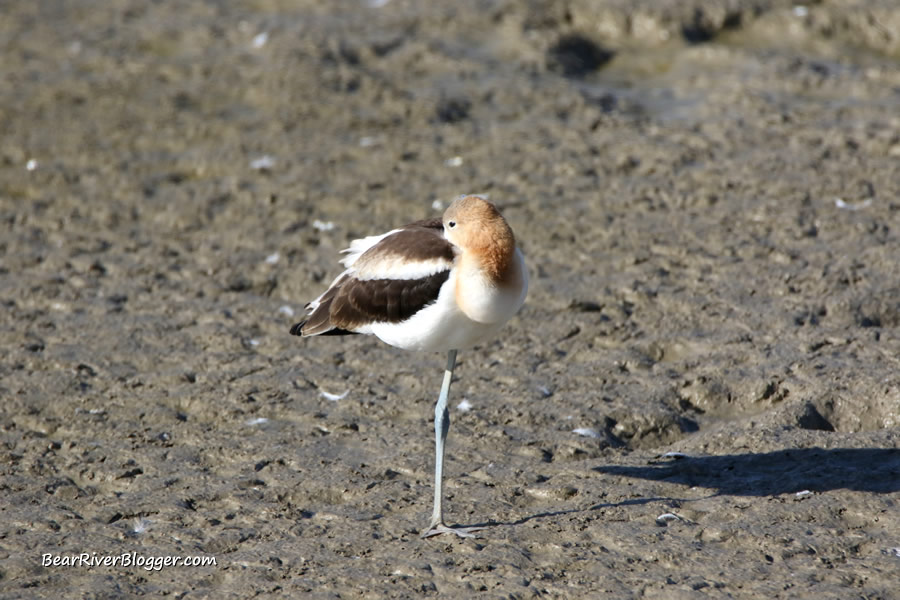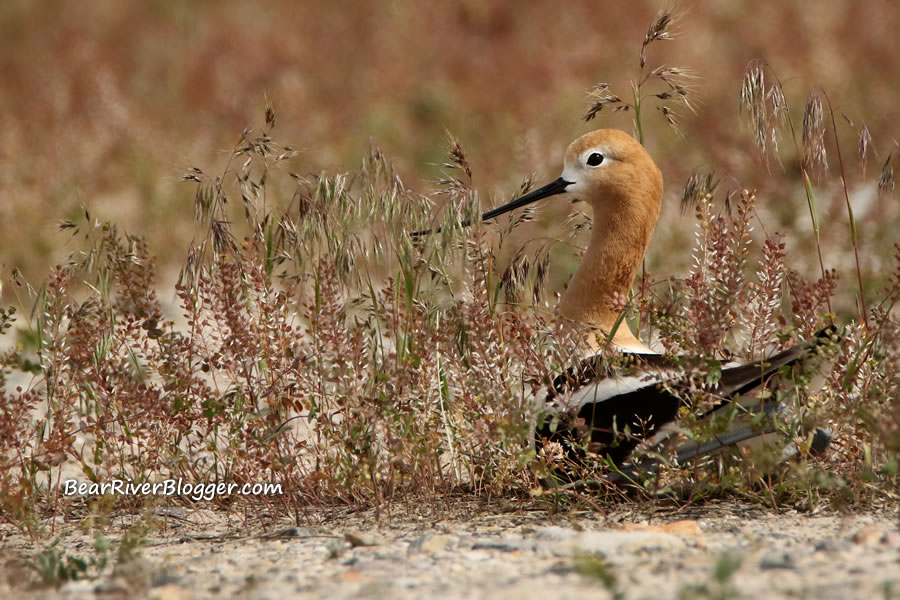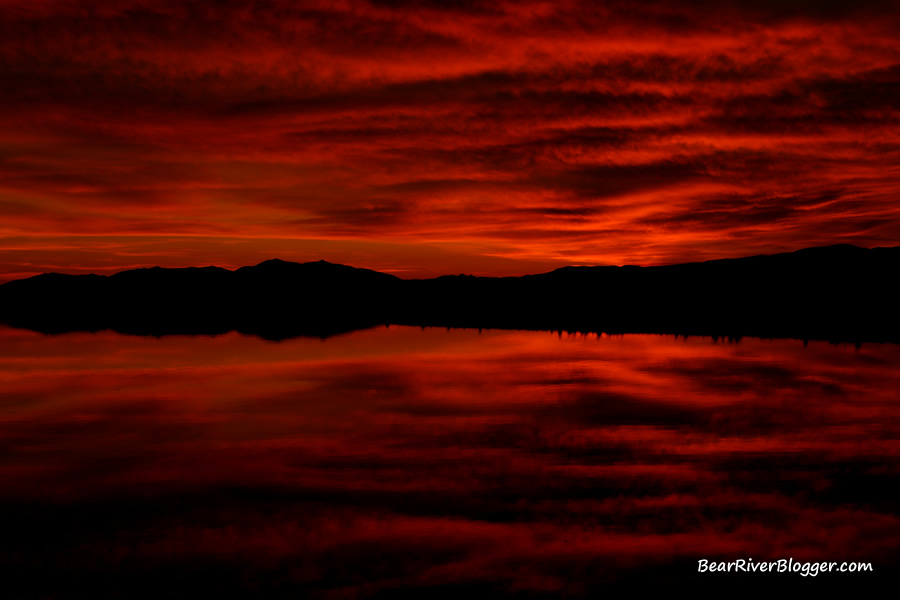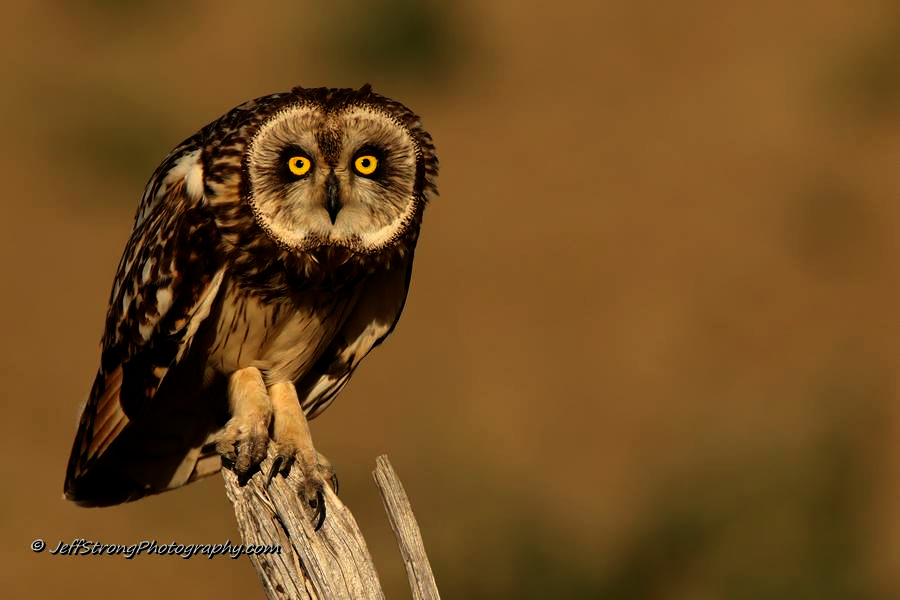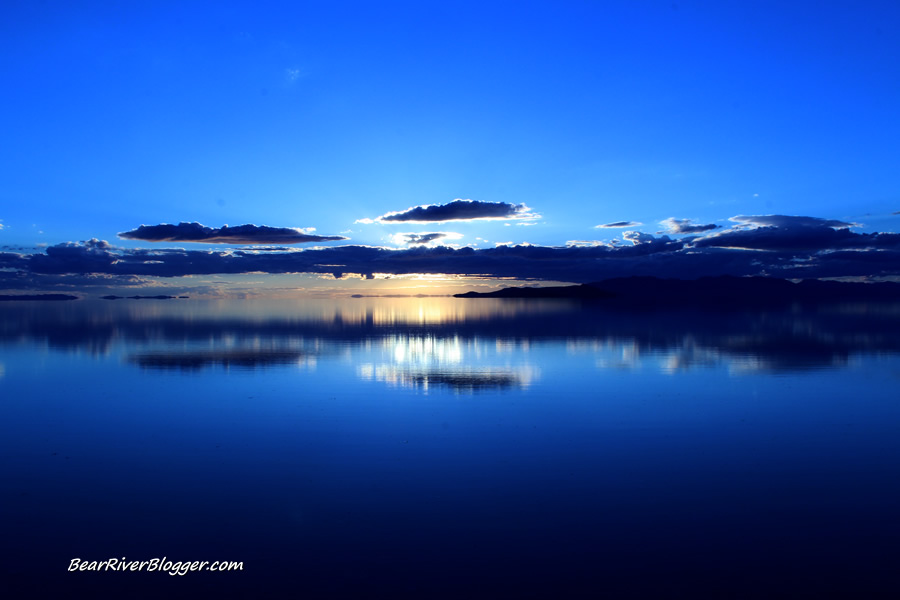Yes, properly composing a bird image while photographing out in the field is really a thing, trust me on that.
I know what all my fellow “photogs” are thinking from that statement and, well, to be honest, I fully agree with you.
Even for me and to this very day, composing bird photographs while out in the field with camera in hand can be an extremely frustrating venture.
Many a day, in fact, have I found a most interesting bird scene laid before me that didn’t last even long enough to reach for my camera let alone allow me to take one measly image.
Sound familiar?
But in all honesty, the day that it isn’t that way is actually the very day I hang up my camera and move on to other things because, sadly, photography will no longer be a challenge and it will have lost all of its allure.
Let me just say, however, that taking the time when you can correctly compose your image when you are, for lack of a better term, “in the photography moment” will instantly make your bird images that much better.
I know from decades of experience standing behind a camera that photographing birds can be some of the most difficult subjects in nature to photograph because, and for no other reason than this, birds don’t sit still very often so applying photography concepts such as composition with the “rule of thirds” in mind can be quite difficult, to say the least.
But that difficulty in photographing birds we all face at times doesn’t instantly sentence you to a 128GB memory card full of snapshots with no real bird photographs to hang on the wall or brag about on social media, not by a long shot.
It just means we bird photographers have to work a little harder at composition than other genres do because of the nature of our subjects, wild birds, but it can still be obtained.
Take the photo at the top of this post, for example, a simple image of an American avocet I photographed yesterday on the Bear River Migratory Bird Refuge auto tour route.
I don’t know why I love photographing American avocets resting while standing on one leg like this but I certainly do.
So when I rolled up on this particular scene on the very southeast corner of the bird refuge auto loop I quickly photographed the solitary avocet with hopes of maybe correcting the composition by heavily cropping the image later.
That is something very common in bird photography by the way so don’t feel bad when you have to do it.
I never expected the avocet to stay and pose for the camera for any length of time so when I realized I had a few minutes for a better composition I took my time to compose a better image or two.
Initially, when I saw the head turned backward and resting on the avocet’s back I decided to push the bird on the right third axis, thus following the “rule of thirds” and giving more open space on the left side of the image to where the head was pointing.
This is a common way I compose bird photographs when the bird is looking either left or right, I typically try to open up the image on whatever side the bird’s head is turned towards.
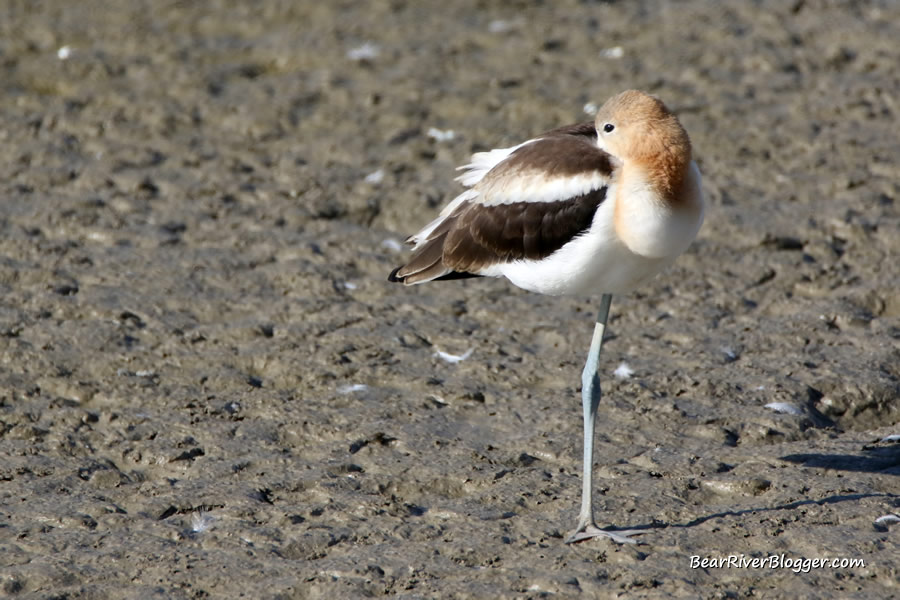
But for some reason, I just couldn’t put my finger on it as this particular composition still didn’t look right to me.
Something was still amiss and I had to try and get a better composition if at all possible before the avocet lost patience with me and broke its pose.
Luckily, since this particular American avocet was quite content in letting me stand on the auto tour route and take as many photographs as I wanted to, I then took the liberty and worked on a better composition, one where I wouldn’t have to crop the image so heavily.
When I photograph standing or perched birds like this, I try to have my camera on single image mode to where I can press the shutter button down halfway for the camera to establish its focus, take a light reading, and essentially “grab the scene” as it were.
After I have “grabbed the scene”, per se, I then proceed to move the camera around to properly compose the photo before I fully depress the shutter button and actually capture a single image with my camera.
(Solitary American Avocet Feeding In The Shallow Water. For short nature clips like this one and interesting stories about the natural world around us, check out our Bear River Blogger channel on YouTube for videos and updates from our travels while out in nature, both on and off of the famed Bear River Migratory Bird Refuge.)
When you photograph birds it is very common and almost always recommended to have your camera in full-burst mode and on AI Servo so you can capture movement, that’s Canon’s terminology where the camera will take several images a second and will always be re-focusing each image as needed.
But when I can and do come across still scenes like what this American avocet gave me yesterday, I quickly change my camera settings to single image mode to where the camera focuses only once and holds it when the shutter button is held down halfway, thus giving me the means to move the camera around a little bit and compose a better photograph.
By doing this I was able to move the camera around and notice in the viewfinder I could set the avocet on the left third axis and thus place the whole shadow in the photo, something that I personally think truly makes the best photograph for this particular situation.
It’s not rare but this is one of those uncommon situations when an American avocet sat and posed for me for such a long time, allowing me to play with the composition right there with my camera.
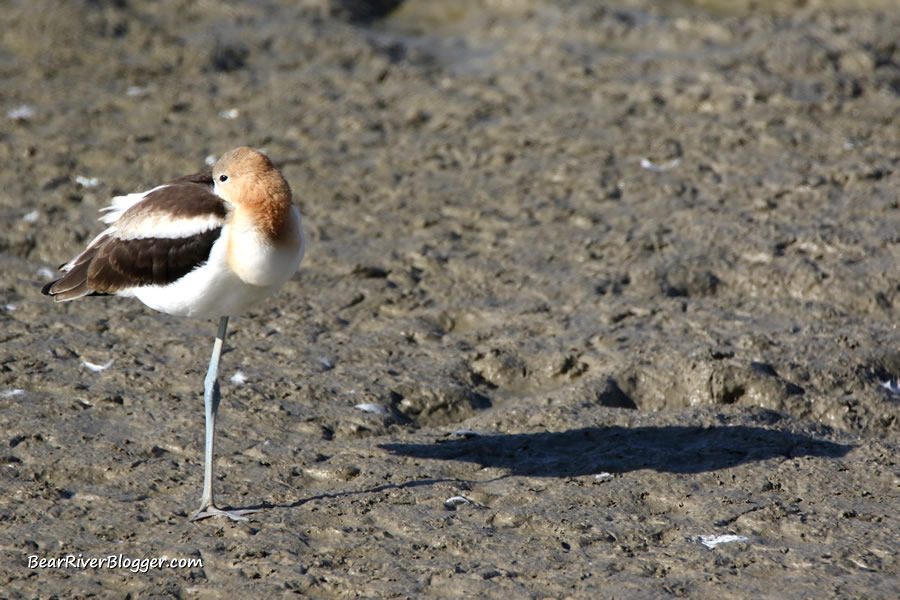
The advantage of this is I don’t have to crop the image so heavily, resulting in a better-quality photograph overall, especially if I ever wanted to print it.
So when you’re out and about photographing birds and you come across a scene where the bird will sit and pose for a while like this avocet did for me yesterday, change your camera setting to single shot mode and play with the composition for a while, you might be pleasantly surprised what you come home with.
If you’re a birdwatcher or just a lover of all things in nature, including photographing them like I do, I offer you to head on over to our subscribe page and sign up for email notifications for future blog posts like this one.


